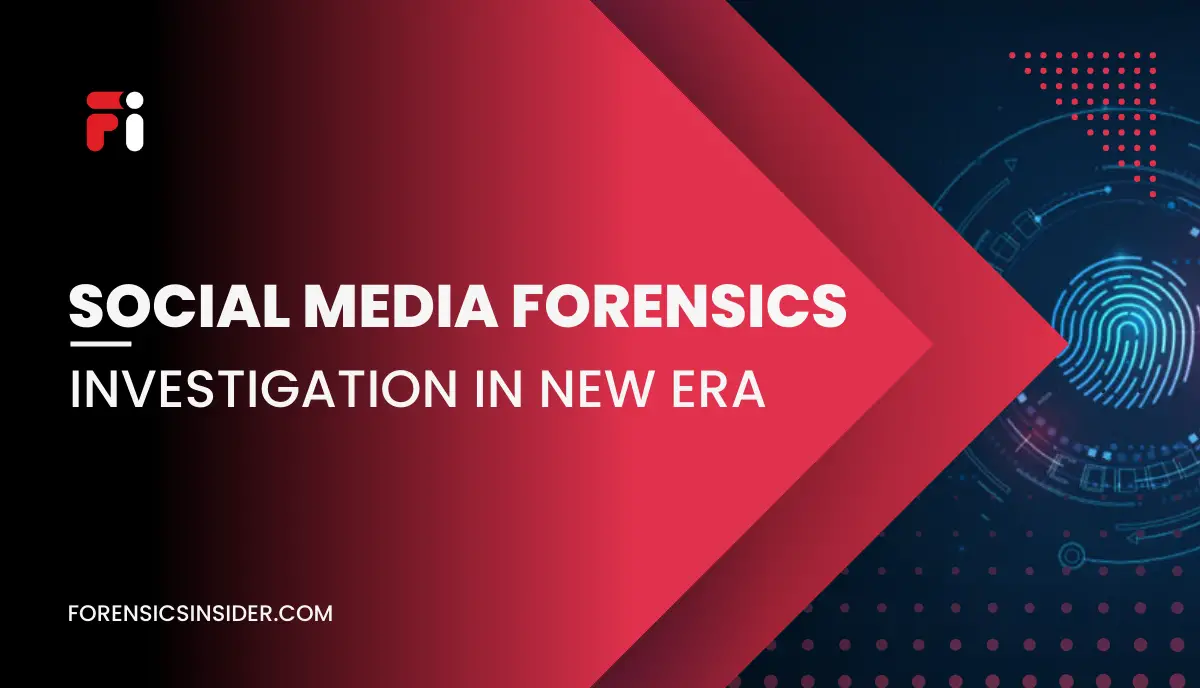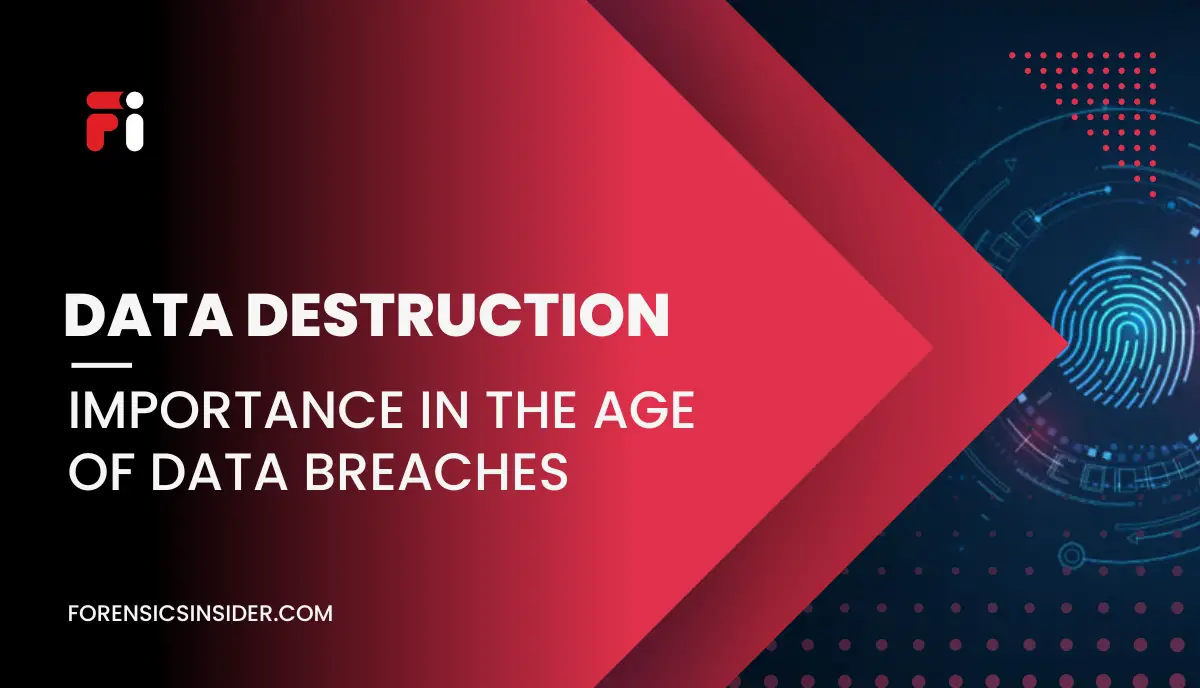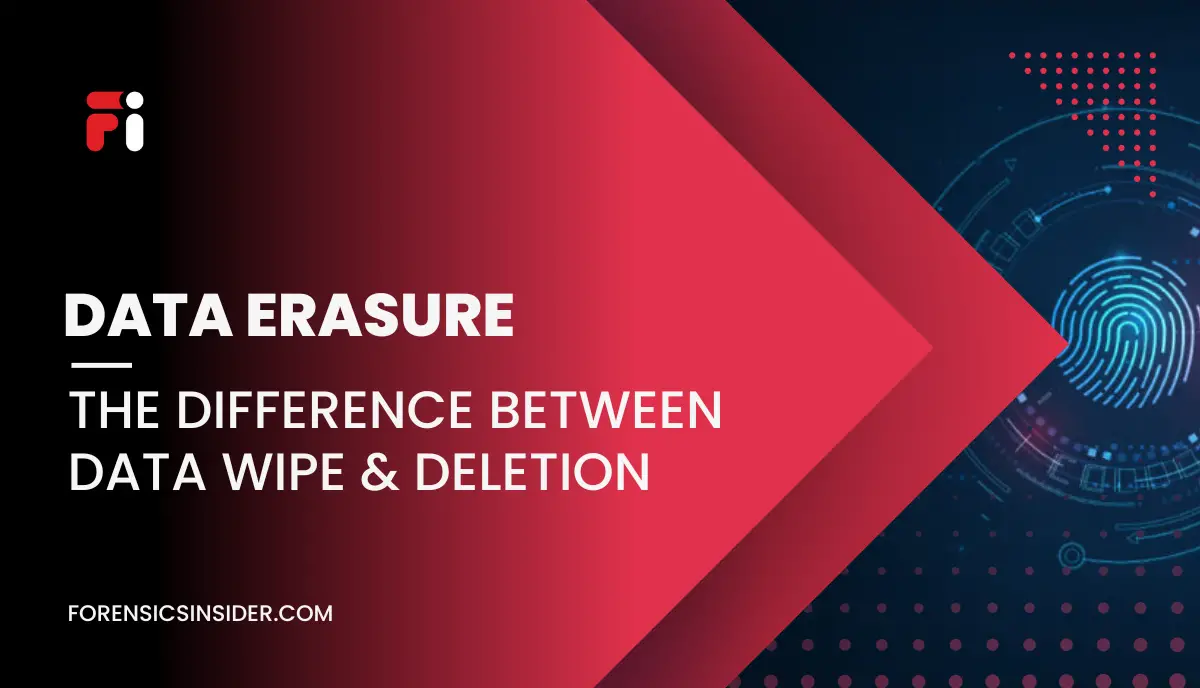Platforms for social media like Facebook, Instagram, and Twitter have ingrained themselves into our daily lives. However, the increased use of social media gives rise to various online crimes like cyberbullying, identity theft, online harassment, cyber stalking, etc. Social media forensics is the part of digital forensics that deals with all these cyber issues, legal disputes, and other cases. In this guide, you will get to know what social media forensics is , how it proceeds and why it is important in today’s world.
What is Social Media Forensics?
Social media forensics is the branch of digital forensics that deals with the collection, analysis, and prevention of digital evidence from social media platforms to solve cyber crimes. As almost everyone uses social media platforms to share their personal and professional lives, they have become an integral or valuable source of evidence in criminal, civil, or corporate investigations. To safeguard individuals or companies, social media forensic used as a preventive tool.
The ultimate goal of social media forensics is to identify and collect relevant digital data in a forensically sound manner and analyze it to extract valuable results. To conduct this activity smoothly, it involves using various tools and techniques like metadata analysis, keyword research, user profiling, and network analysis.
Social media forensics extracts evidence like posts, comments, messages, photos, videos, or location tags. To confirm witness testimony, identify suspects, and determine a person’s behaviors, preferences, and connections during an investigation, investigators use this information.
How Social Media Forensics Works?
There are various stages to the process of examining digital evidence from social media networks.
- Identification
The first step is to identify the social media platforms or accounts that are related to the case. To determine the social media platform or account that is related to the investigation, information must be gathered from witnesses, suspects, and a number of other sources.
- Collection
When those have been located, gathering digital evidence from the pertinent social media accounts and platforms follows next. This entails extracting pertinent data from posts, comments, messages, photographs, videos, and location data using a number of tools and methodologies.
- Preservation
To ensure that they are admissible in a court of law, the shreds of evidence collected are preserved forensically. It should be taken care that the evidence is not altered or tampered with during the extraction process.
- Analysis
The saved digital evidence is then examined to get insightful information. Various tools and methods are used to analyze the data, such as network analysis, user profiling, keyword searches, etc.
- Reporting
In order for the court to use the evidence discovered during the analysis for subsequent proceedings, it is then provided in the form of a report. This can entail drafting summaries of the analysis’ conclusions for reports and offering expert testimony in court.
Generally, social media forensics requires expertise and specialized knowledge in digital forensics, social platforms, and legal procedures. It is a complex and challenging field that requires in-depth knowledge and a detailed focus on minor details.
Why Social Media Forensics is Important?
Social media is the primary channel of communication in today’s world. People are actively using it to share information about their personal and professional lives. This means you can get valuable evidence in criminal, civil, or corporate investigations.
Social media platforms are evolving with new features introduced regularly. In order to gain relevant information from these platforms, it is important to stay up-to-date with the latest technologies and tools.
A social media investigation can provide valuable certification or contradiction of witness statements and challenge or support witness statements. It can provide you with insight into an individual’s behavior, preferences, and relationships.
To draw witness profiles or learn more about the target, investigators utilize this data. Defense prosecutors and private investigators can use this evidence in criminal and civil proceedings.
Legal Considerations
Social media investigations required legal and ethical considerations. Investigators must adhere to privacy laws and rules, such as the Children’s Online Privacy Protection Act (COPPA) and the General Data Protection Regulation (GDPR)
During the process of investigation, the consent of the person who is scrutinizing is remain secure. Legal repercussions, including civil litigation and criminal penalties, may follow from a failure to get consent.
Final Thought
As an investigative tool in instances involving digital evidence, social media forensic is gaining importance. In order to conduct successful investigations, organizations and law enforcement can utilize social media forensics.
Organizations and law enforcement can better unearth digital evidence and conduct their investigations effectively and efficiently by using this technology. For online investigations, social media forensics must be part of an overall data analysis strategy, not just one part.





